Flower Press Craft: Botany for Kids
Flower pressing is not just a craft; it's a delightful journey into the world of botany that invites children to explore the beauty of nature in a hands-on way. Imagine the excitement of picking vibrant flowers and transforming them into stunning keepsakes! This engaging activity not only captivates young minds but also nurtures their curiosity about the natural world. By pressing flowers, kids can learn about plant anatomy, seasonal changes, and the environment around them, all while unleashing their creativity.
As children embark on this floral adventure, they are introduced to various techniques that make flower pressing both fun and educational. They can experiment with different flowers, colors, and arrangements, allowing their imaginations to run wild. The process of flattening and drying flowers teaches them patience and the importance of preserving the beauty of nature. It's like capturing a moment in time, where each pressed flower tells a story of its own!
Moreover, flower pressing can be a fantastic bonding activity for families. Imagine spending a sunny afternoon in the garden, collecting flowers together, and then coming home to create beautiful art pieces. This shared experience not only strengthens family ties but also fosters a deeper appreciation for the environment. So, whether you're an experienced crafter or a curious beginner, flower pressing is an exciting way to dive into the world of botany and creativity!
Flower pressing is the art of preserving flowers by flattening and drying them. This simple yet captivating craft allows kids to explore plant anatomy while creating beautiful keepsakes. The process involves selecting fresh flowers, placing them between absorbent materials, and applying pressure until they dry out. The result? Stunning, colorful pieces of art that can be used in various creative projects!
Engaging in flower pressing offers numerous benefits, including enhancing fine motor skills, fostering creativity, and encouraging an appreciation for nature. Children learn patience and the value of preserving natural beauty. This craft provides a unique opportunity for kids to connect with their surroundings while developing essential skills that will serve them well in other areas of life.
The process of arranging and pressing flowers helps develop fine motor skills in children. This hands-on activity requires precision and coordination, making it an excellent exercise for young hands. As they carefully position each flower and apply pressure, they are unknowingly honing their dexterity, which is crucial for tasks like writing and drawing.
To start flower pressing, children need basic tools such as a flower press, heavy books, or parchment paper. These tools facilitate the pressing process and ensure successful results. Here’s a quick look at some essential items:
| Tool | Description |
|---|---|
| Flower Press | A dedicated press that applies even pressure to flowers. |
| Heavy Books | Common household items that can be used to press flowers. |
| Parchment Paper | Absorbent paper that helps to draw moisture out of the flowers. |
Selecting appropriate flowers is crucial for successful pressing. Kids should look for flat, non-woody flowers that retain their color and shape, such as daisies, pansies, and violets. It's like picking the best ingredients for a recipe; the right flowers will yield the most beautiful results!
Once flowers are pressed, children can engage in various creative projects. From making greeting cards to decorating picture frames, the possibilities are endless and encourage artistic expression. Here are a few ideas to spark their creativity:
- Create personalized greeting cards for friends and family.
- Decorate bookmarks with pressed flowers.
- Make a beautiful collage to hang on the wall.
Flower pressing serves as a gateway to learning about botany. Kids can explore plant life cycles, identify different species, and understand ecological relationships while enjoying this craft. It's a fantastic way to combine education with creativity, making learning feel like an adventure!
Through flower pressing, children gain insight into plant anatomy. They learn about petals, stems, and leaves, enhancing their knowledge of how plants grow and thrive in different environments. This understanding is vital as it lays the foundation for more advanced studies in biology and ecology.
Encouraging kids to collect flowers from their surroundings promotes exploration and observation. This activity helps them appreciate local flora and understand biodiversity in their own neighborhoods. It's like embarking on a mini-expedition right in their backyard!
Flower pressing is an enriching activity that combines creativity and education. By engaging in this craft, children develop a deeper connection with nature while honing their artistic skills. So, gather your supplies, head outdoors, and let the floral fun begin!
Q: Can any flower be pressed?
A: Not all flowers are suitable for pressing. It's best to choose flat, non-woody flowers that retain their color, such as daisies and violets.
Q: How long does it take for flowers to dry?
A: Depending on the method used, flowers typically take a few days to a couple of weeks to fully dry and flatten.
Q: What can I do with pressed flowers?
A: Pressed flowers can be used in a variety of projects, including greeting cards, bookmarks, and wall art!

What is Flower Pressing?
This article explores the engaging activity of flower pressing, introducing children to botany through hands-on experience. Discover techniques, benefits, and creative projects that make learning about plants fun and interactive.
Flower pressing is the art of preserving flowers by flattening and drying them. This simple yet captivating craft allows kids to explore plant anatomy while creating beautiful keepsakes. Imagine taking a vibrant flower from your garden, carefully placing it between sheets of paper, and then watching as it transforms into a delicate, flat artwork! It’s like capturing a moment in time, where the beauty of nature is preserved forever.
To get started with flower pressing, children need to gather some essential materials. Typically, this involves:
- A flower press or heavy books
- Parchment paper or absorbent paper
- Fresh flowers, preferably those that are flat and not too woody
The process itself is straightforward but requires a bit of patience and care. First, kids select their favorite flowers, ensuring they are free from moisture and imperfections. Once chosen, the flowers are placed between layers of parchment paper and then pressed down, either using a flower press or heavy books. After a week or so, the flowers are beautifully dried and ready for artistic projects!
Flower pressing not only serves as a creative outlet but also offers a unique opportunity for kids to connect with nature. By engaging in this craft, they learn about the different types of flowers and their characteristics, fostering a sense of curiosity and appreciation for the environment around them. It's a delightful way to combine art and science, making botany accessible and enjoyable for young minds.
Engaging in flower pressing offers numerous benefits, including enhancing fine motor skills, fostering creativity, and encouraging an appreciation for nature. Children learn patience and the value of preserving natural beauty.
The process of arranging and pressing flowers helps develop fine motor skills in children. This hands-on activity requires precision and coordination, making it an excellent exercise for young hands.
To start flower pressing, children need basic tools such as a flower press, heavy books, or parchment paper. These tools facilitate the pressing process and ensure successful results.
Selecting appropriate flowers is crucial for successful pressing. Kids should look for flat, non-woody flowers that retain their color and shape, such as daisies, pansies, and violets.
Once flowers are pressed, children can engage in various creative projects. From making greeting cards to decorating picture frames, the possibilities are endless and encourage artistic expression.
Flower pressing serves as a gateway to learning about botany. Kids can explore plant life cycles, identify different species, and understand ecological relationships while enjoying this craft.
Through flower pressing, children gain insight into plant anatomy. They learn about petals, stems, and leaves, enhancing their knowledge of how plants grow and thrive in different environments.
Encouraging kids to collect flowers from their surroundings promotes exploration and observation. This activity helps them appreciate local flora and understand biodiversity in their own neighborhoods.
Flower pressing is an enriching activity that combines creativity and education. By engaging in this craft, children develop a deeper connection with nature while honing their artistic skills.
Q: What types of flowers are best for pressing?
A: Flat, non-woody flowers like daisies, pansies, and violets work best for pressing. They retain their color and shape better than thicker or woody flowers.
Q: How long does it take for flowers to dry?
A: Generally, flowers take about one to two weeks to dry completely, depending on the type of flower and the pressing method used.
Q: Can I press leaves and other plant parts?
A: Yes! Leaves, stems, and even small branches can be pressed. Just make sure they are not too thick and are placed carefully to avoid curling.
Q: What can I do with pressed flowers?
A: Pressed flowers can be used for various creative projects, including greeting cards, bookmarks, framed art, and scrapbook decorations!
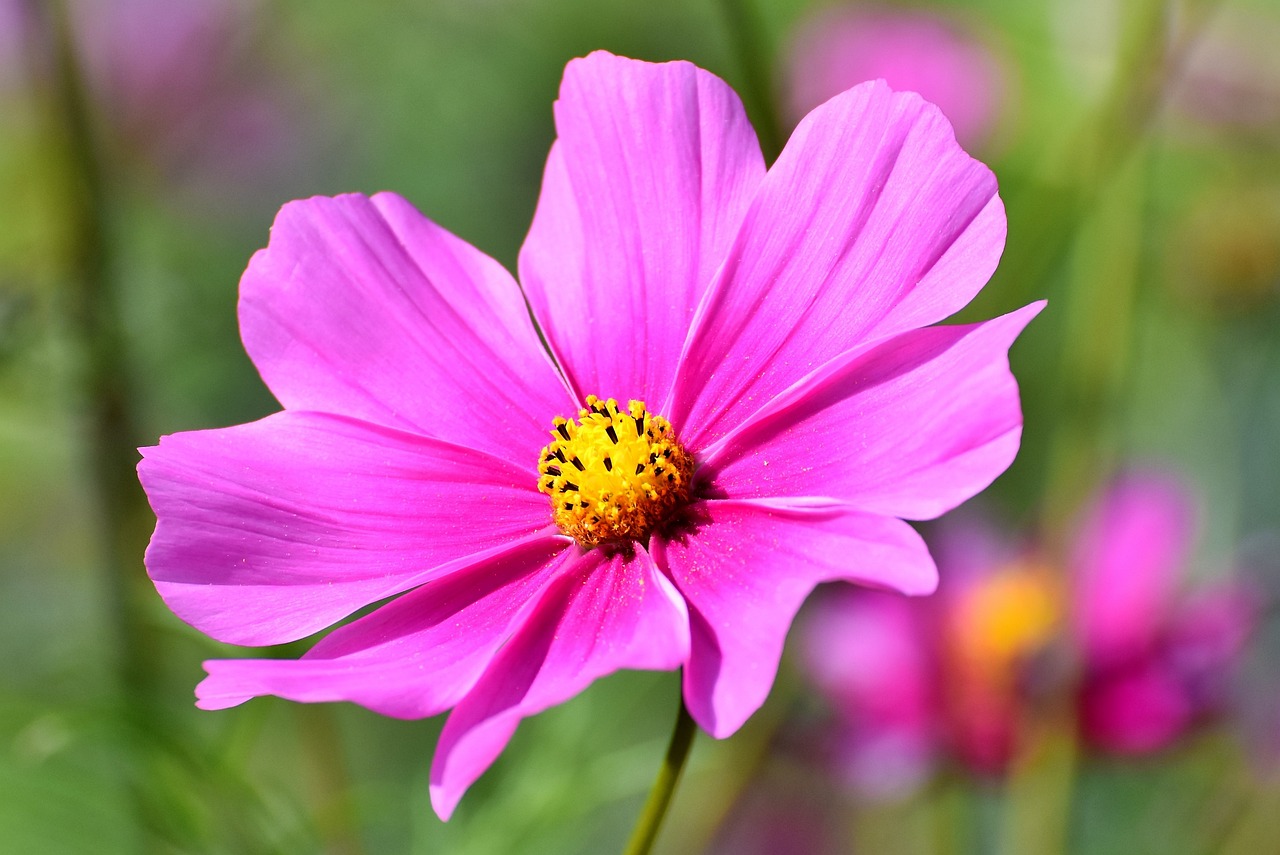
Benefits of Flower Pressing for Kids
Engaging in flower pressing is not just a fun craft; it’s a gateway to a world of learning and development for children. This delightful activity offers a plethora of benefits that go beyond simply preserving beautiful blooms. When kids dive into the process of flower pressing, they are not only creating art but also enhancing their skills and knowledge in a variety of areas.
One of the primary advantages of flower pressing is the enhancement of fine motor skills. As children carefully arrange and press flowers, they practice precision and coordination. This hands-on activity requires them to use their fingers in intricate ways, helping to strengthen the small muscles in their hands and fingers. Think of it as a workout for their hands! Just like how athletes train their muscles, kids are training their fine motor skills while having a blast.
Moreover, flower pressing fosters a sense of creativity in children. Once the flowers are pressed and dried, the real fun begins! Kids can use their pressed flowers in a myriad of creative projects. They might create beautiful greeting cards, design bookmarks, or even decorate their own picture frames. The possibilities are endless, and each project allows them to express their unique artistic flair. This creative outlet not only boosts their confidence but also encourages them to think outside the box.
Another significant benefit is that flower pressing nurtures an appreciation for nature. As children collect flowers and learn about the different species, they develop a deeper connection to the environment. This activity opens their eyes to the beauty around them and fosters a sense of responsibility for preserving it. They learn to recognize the importance of biodiversity and the role that each plant plays in the ecosystem. It’s like embarking on a mini-adventure every time they step outside!
Additionally, flower pressing teaches children the value of patience. The process of pressing flowers takes time; they must wait for the flowers to dry and retain their colors. This waiting period encourages kids to practice patience and understand that some things take time to develop, much like their own skills and interests. In our fast-paced world, this lesson is invaluable.
In summary, flower pressing is more than just a craft; it’s an enriching experience that promotes fine motor skills, creativity, a love for nature, and patience. By engaging in this delightful activity, children not only create beautiful keepsakes but also embark on a journey of personal growth and learning.
- What types of flowers are best for pressing? Flat, non-woody flowers like daisies, pansies, and violets work best for pressing.
- How long does it take for flowers to dry? Depending on the method used, it can take anywhere from a few days to a couple of weeks.
- Can I press leaves too? Yes! Many leaves can also be pressed and used in creative projects.
- What tools do I need to start flower pressing? You can use a flower press, heavy books, or even parchment paper to press your flowers.

Enhancing Fine Motor Skills
Engaging in flower pressing is not just a fun activity; it’s also a fantastic way to enhance fine motor skills in children. When kids participate in this craft, they are required to use their hands in precise and controlled ways, which is essential for developing the small muscles in their fingers and hands. Think of it as a workout for their little hands! Just like athletes practice to improve their skills, children can refine their dexterity through the careful handling of delicate flowers.
As they select, arrange, and press the flowers, they are practicing important skills that contribute to their overall development. For instance, when they pick up flowers, they must grip them gently yet firmly, which helps improve their grip strength. Then, as they place the flowers in the press or between the pages of a heavy book, they learn to manipulate objects with care. This kind of activity requires focus and coordination, which are key components of fine motor skill development.
Moreover, the act of pressing flowers can also introduce children to concepts of patience and attention to detail. They will need to be careful and methodical in their approach to ensure that their flowers are arranged perfectly before pressing. This attention to detail not only enhances their fine motor skills but also builds their confidence as they see their efforts result in beautiful, preserved flowers.
To illustrate the benefits, let’s break down some of the specific actions involved in flower pressing that contribute to fine motor skill enhancement:
| Activity | Fine Motor Skill Developed |
|---|---|
| Selecting Flowers | Grip Strength |
| Arranging Flowers | Hand-Eye Coordination |
| Using a Flower Press | Precision and Control |
| Pressing Flowers | Finger Dexterity |
As you can see, each step in the flower pressing process is an opportunity for children to develop their fine motor skills in a fun and engaging way. So, the next time you find yourself surrounded by blooming flowers, grab some supplies and let your kids dive into this enriching craft. Not only will they create beautiful art, but they will also be strengthening their hands, improving their coordination, and learning valuable life skills—all while having a blast!
- What types of flowers are best for pressing? Look for flat, non-woody flowers like daisies, pansies, and violets that retain their color and shape.
- How long does it take to press flowers? Typically, flowers should be left to press for about 1-2 weeks to ensure they are completely dried.
- Can I use any type of paper for pressing? Yes, but parchment paper or absorbent paper works best as it helps absorb moisture.
- What can I do with pressed flowers? Pressed flowers can be used for a variety of projects, including making greeting cards, bookmarks, or decorating picture frames.
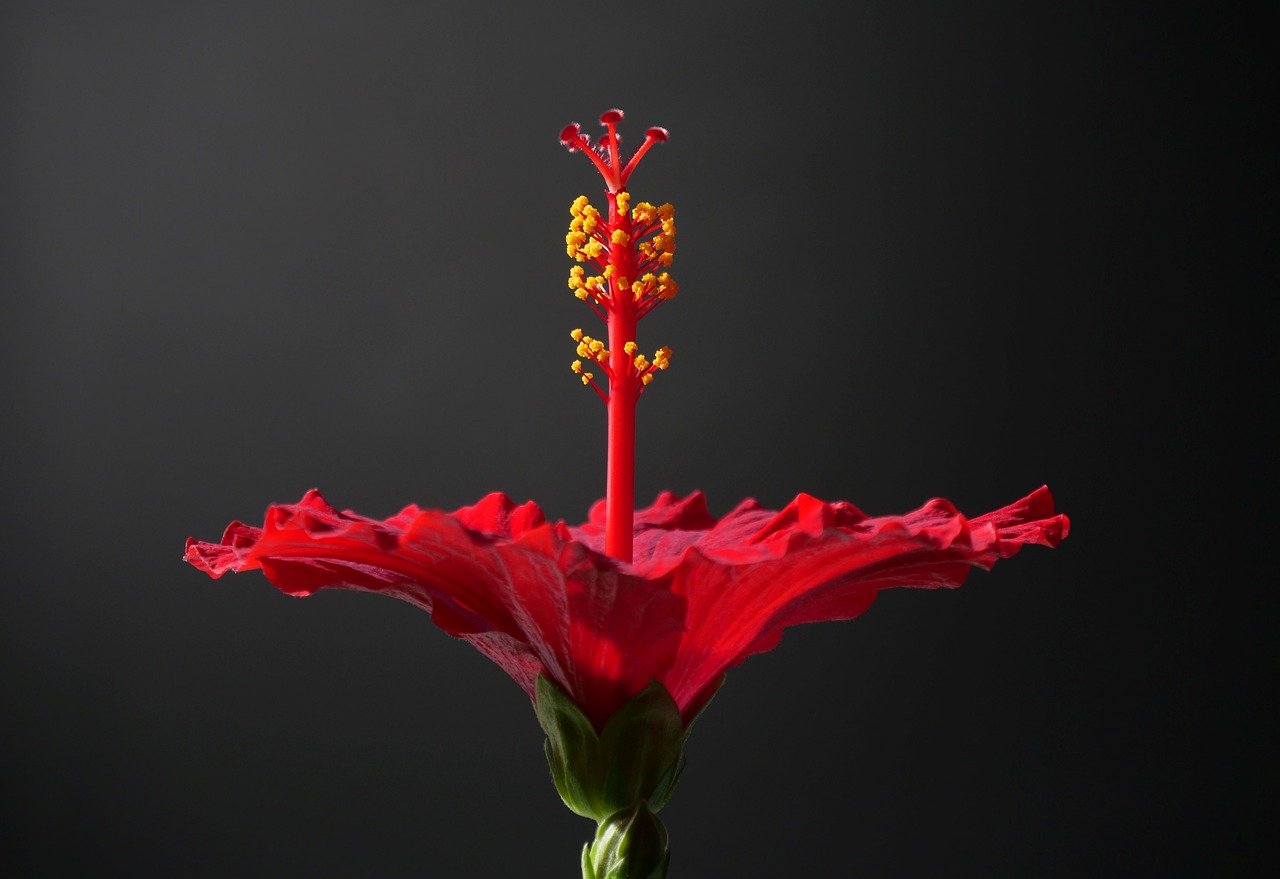
Tools Required for Pressing
This article explores the engaging activity of flower pressing, introducing children to botany through hands-on experience. Discover techniques, benefits, and creative projects that make learning about plants fun and interactive.
Flower pressing is the art of preserving flowers by flattening and drying them. This simple yet captivating craft allows kids to explore plant anatomy while creating beautiful keepsakes.
Engaging in flower pressing offers numerous benefits, including enhancing fine motor skills, fostering creativity, and encouraging an appreciation for nature. Children learn patience and the value of preserving natural beauty.
The process of arranging and pressing flowers helps develop fine motor skills in children. This hands-on activity requires precision and coordination, making it an excellent exercise for young hands.
To embark on the delightful journey of flower pressing, children need a few basic tools that will make the process smooth and enjoyable. The essential items include:
- Flower Press: A dedicated flower press is ideal for beginners. It usually consists of two boards with absorbent paper in between, allowing flowers to be pressed evenly.
- Heavy Books: If you don't have a flower press, heavy books can work just as well. Just ensure they are clean and dry to avoid any stains.
- Parchment Paper: This is perfect for placing between the flowers and the pressing surface, preventing any direct contact that could damage the blooms.
- Scissors: A good pair of scissors is essential for trimming the flowers to the desired size before pressing.
- Notebook or Journal: Keeping a record of the flowers pressed and their collection locations can be a fun addition to the project.
These tools not only facilitate the pressing process but also ensure successful results. With the right equipment in hand, kids can dive into the world of flower pressing, transforming their finds into stunning art pieces.
Selecting appropriate flowers is crucial for successful pressing. Kids should look for flat, non-woody flowers that retain their color and shape, such as daisies, pansies, and violets.
Once flowers are pressed, children can engage in various creative projects. From making greeting cards to decorating picture frames, the possibilities are endless and encourage artistic expression.
Flower pressing serves as a gateway to learning about botany. Kids can explore plant life cycles, identify different species, and understand ecological relationships while enjoying this craft.
Through flower pressing, children gain insight into plant anatomy. They learn about petals, stems, and leaves, enhancing their knowledge of how plants grow and thrive in different environments.
Encouraging kids to collect flowers from their surroundings promotes exploration and observation. This activity helps them appreciate local flora and understand biodiversity in their own neighborhoods.
Flower pressing is an enriching activity that combines creativity and education. By engaging in this craft, children develop a deeper connection with nature while honing their artistic skills.
1. Can I press any flower?
While many flowers can be pressed, it's best to choose flat, non-woody varieties that hold their color well. Avoid thick or fleshy flowers as they may not dry properly.
2. How long does it take for flowers to dry?
Typically, flowers take about 1-2 weeks to dry completely, depending on the thickness and moisture content. It's important to check periodically for progress.
3. What can I do with pressed flowers?
Pressed flowers can be used in various crafts, including making cards, bookmarks, or even framed art. The only limit is your imagination!
4. Is flower pressing safe for kids?
Absolutely! Flower pressing is a safe activity, but adult supervision is recommended, especially when using scissors or heavy objects.

Choosing the Right Flowers
When it comes to flower pressing, one of the most important steps is . Not all flowers are suitable for pressing, and picking the right ones can make a world of difference in the quality and beauty of your pressed creations. Ideally, you want to select flowers that are relatively flat and have a high moisture content, as these characteristics will help them retain their color and shape during the pressing process.
For kids, this can be a fun adventure! They can explore their gardens, local parks, or even their backyards to find the perfect specimens. Here are some tips to guide them in selecting the best flowers:
- Look for flat flowers: Flowers like daisies, pansies, and violets are great choices because they lay flat and dry evenly.
- Avoid woody stems: Flowers with thick, woody stems can be challenging to press, so it’s better to stick with softer varieties.
- Choose vibrant colors: Brightly colored flowers tend to retain their hues better than duller ones, making your pressed flowers more visually appealing.
- Pick flowers at their peak: Flowers that are fully open and fresh will yield the best results. Avoid wilted or damaged blooms.
Additionally, consider the season when choosing flowers. Spring and summer offer a wide variety of blooming options, from tulips to sunflowers, while fall brings beautiful foliage that can also be pressed. Each season provides unique opportunities to engage with nature and learn about the different types of flora available.
Once you've gathered your flowers, it's essential to handle them gently. This not only preserves their beauty but also teaches kids about the importance of being respectful to nature. By taking the time to select the right flowers, children not only enhance their flower pressing experience but also develop a deeper appreciation for the natural world around them.
Q: Can I press any type of flower?
A: Not all flowers are suitable for pressing. It's best to choose flat, non-woody flowers that retain their color and shape well, such as daisies, pansies, and violets.
Q: How long does it take for flowers to dry when pressed?
A: The drying time can vary, but typically it takes between 1 to 4 weeks depending on the thickness of the flowers and the method used for pressing.
Q: What tools do I need for flower pressing?
A: Basic tools include a flower press, heavy books, or parchment paper. These tools help facilitate the pressing process and ensure successful results.
Q: Can I use leaves and other plant materials for pressing?
A: Absolutely! Leaves, ferns, and even certain types of grasses can be pressed alongside flowers to create beautiful compositions.
Q: How can I display my pressed flowers?
A: Pressed flowers can be used in a variety of creative projects, such as greeting cards, framed art, bookmarks, or even as decorative elements in scrapbooks.
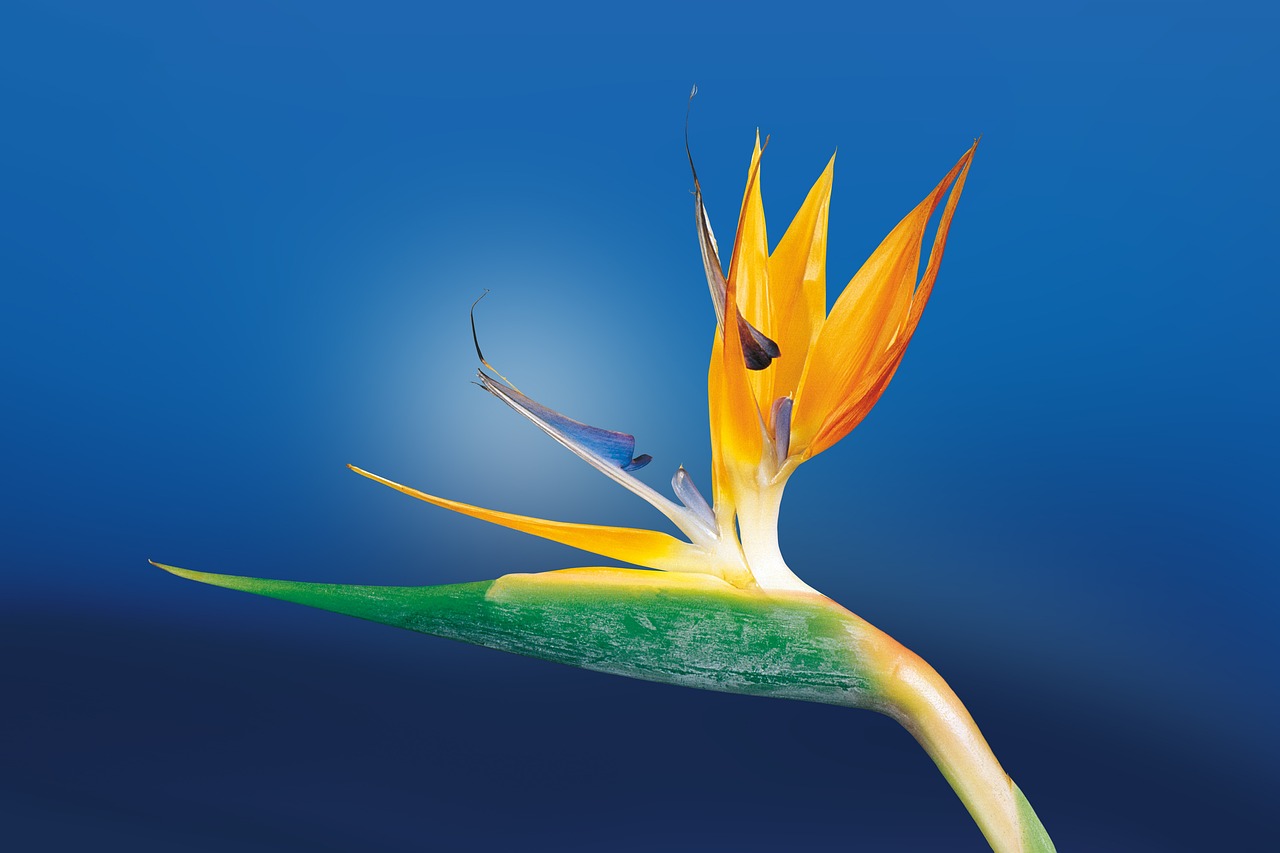
Creative Projects with Pressed Flowers
Once you have mastered the art of flower pressing, the fun truly begins! Pressed flowers can be transformed into a myriad of creative projects that not only showcase your artistic flair but also allow for personal expression. Imagine taking those delicate petals and turning them into something beautiful and meaningful! Here are some exciting ideas to spark your creativity:
One of the most popular projects is creating greeting cards. With just a blank card, some glue, and your pressed flowers, you can craft unique cards for any occasion. Whether it’s a birthday, thank you, or just a friendly hello, these cards carry a personal touch that store-bought ones simply can’t match. Kids can arrange the flowers in patterns or shapes, adding a splash of color and nature to their messages.
Another fantastic idea is to use pressed flowers to decorate picture frames. By gluing flowers around the border of a plain frame, children can create a stunning display for their favorite photos. This not only enhances the beauty of the frame but also provides a great conversation starter. Imagine showing off a family picture surrounded by vibrant, pressed daisies or elegant violets!
If you’re feeling particularly adventurous, consider creating a nature journal. This can be as simple as a notebook where kids can press flowers they find during nature walks, jot down notes about the plants, or even draw sketches. It’s a wonderful way to combine art and science, allowing children to document their findings while also enhancing their writing skills.
For those who enjoy a bit of crafting, pressed flowers can be incorporated into art collages. Using a canvas or a sturdy piece of paper, kids can arrange their pressed flowers into shapes or scenes, creating a beautiful piece of art that can be hung on the wall. This project encourages creativity and allows children to express themselves through color and design.
Lastly, why not try your hand at creating bookmarks? Simply take a strip of cardstock, decorate it with pressed flowers, and laminate it for durability. These bookmarks not only keep your place in a book but also serve as a reminder of the beauty of nature every time you read. Plus, they make for great gifts!
In summary, the possibilities for creative projects with pressed flowers are as limitless as your imagination. Each project not only nurtures artistic skills but also fosters a deeper appreciation for the natural world. So gather those flowers, get crafting, and let your creativity bloom!
Q1: What types of flowers are best for pressing?
A1: Flat, non-woody flowers like daisies, pansies, and violets work best as they retain their color and shape when pressed.
Q2: How long does it take for flowers to dry in a flower press?
A2: Typically, it takes about 1-2 weeks for flowers to fully dry, depending on the type of flower and the humidity in your environment.
Q3: Can I press leaves or other plant materials?
A3: Yes! Leaves, ferns, and even some fruits can be pressed, but be sure to choose ones that are flat and not too thick.
Q4: How can I make my pressed flowers last longer?
A4: Store your pressed flowers in a cool, dry place away from direct sunlight to prevent fading.
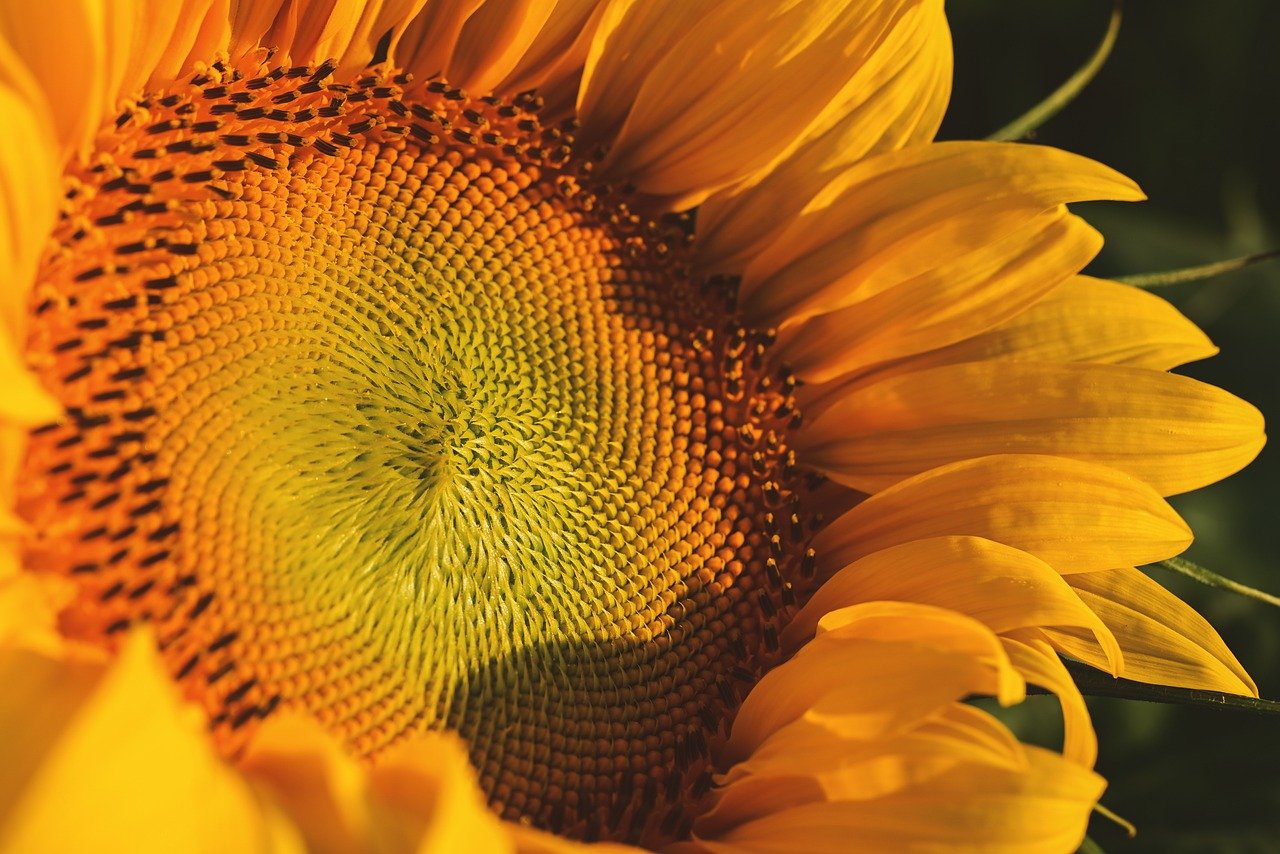
Educational Aspects of Flower Pressing
Flower pressing is not just a delightful craft; it also serves as a remarkable educational tool that opens up a world of learning opportunities for children. Through this engaging activity, kids can delve into the fascinating realm of botany, where they can explore and understand the intricacies of plant life. By pressing flowers, children gain firsthand experience with the components that make up plants, such as petals, stems, and leaves. This hands-on approach enhances their comprehension of how plants grow, survive, and adapt to their environments.
One of the most exciting aspects of flower pressing is its ability to teach children about the life cycles of plants. As they collect flowers and observe their transformation from vibrant blooms to pressed specimens, they can learn about the stages of growth, including germination, flowering, and seed dispersal. This process can be compared to a storybook, where each flower tells its own tale of growth and survival. It fosters curiosity and encourages kids to ask questions about the plants they encounter.
Moreover, flower pressing encourages children to explore their surroundings and appreciate the biodiversity in their local environment. When kids venture outside to collect flowers, they engage in observation and discovery, learning to identify various species and their unique characteristics. This exploration can be supplemented with discussions about ecosystems and the roles different plants play within them. For example, understanding how certain flowers attract specific pollinators can spark interest in ecological relationships, making the learning experience even richer.
To further enhance their educational journey, children can document their pressed flowers in a journal. This journal can include details such as the flower's name, its habitat, and any interesting facts they discover. By creating a personal record, they not only reinforce their learning but also develop writing skills and an appreciation for nature. A simple table can be created to organize their findings:
| Flower Name | Habitat | Interesting Fact |
|---|---|---|
| Daisy | Meadows | They can bloom all year round! |
| Pansy | Gardens | Pansies are edible and often used in salads. |
| Violet | Woodlands | Violets can be used to make natural dyes. |
Ultimately, flower pressing is an enriching experience that combines creativity with scientific inquiry. It allows children to express themselves artistically while simultaneously nurturing their understanding of the natural world. This blend of art and science creates a holistic learning experience that is both enjoyable and educational.
Q: What types of flowers are best for pressing?
A: Flat, non-woody flowers like daisies, pansies, and violets are ideal for pressing as they retain their color and shape well.
Q: How long does it take for flowers to dry?
A: Depending on the method used, flowers can take anywhere from a few days to a couple of weeks to fully dry and flatten.
Q: Can children press flowers independently?
A: Yes, with adult supervision, children can independently press flowers, allowing them to explore and learn at their own pace.
Q: What can I do with pressed flowers?
A: Pressed flowers can be used in a variety of creative projects, including making greeting cards, bookmarks, and framed art.
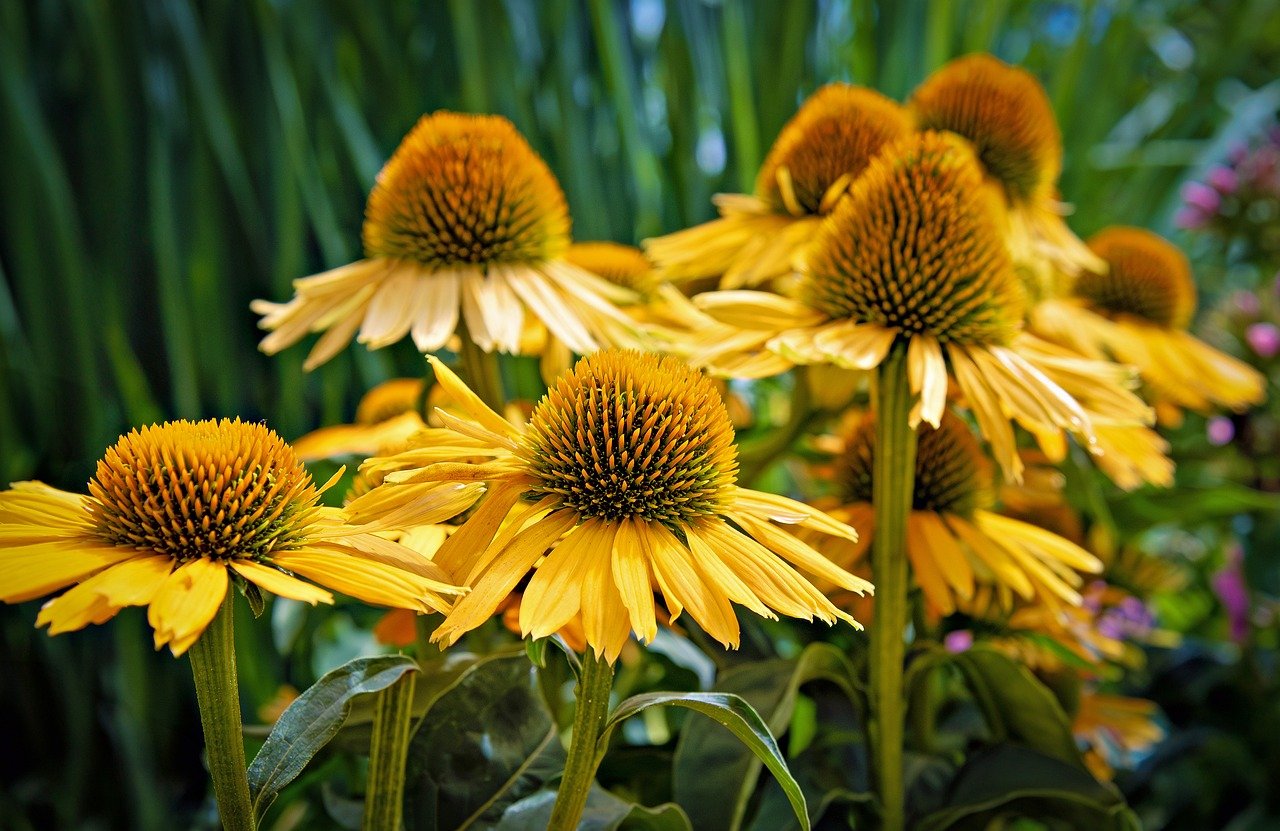
Understanding Plant Anatomy
When kids dive into the world of flower pressing, they aren't just having fun; they're stepping into the fascinating realm of plant anatomy. This engaging craft opens a window to understanding how plants function and thrive. As children press flowers, they get to observe and learn about the different parts of a plant, including petals, stems, leaves, and even roots. Each component plays a vital role in the plant's life cycle, and by examining these parts up close, kids can develop a greater appreciation for the natural world.
For instance, the petals are often the most colorful and eye-catching part of the flower, designed to attract pollinators like bees and butterflies. When children press flowers, they can see how the petals change in texture and color, which sparks curiosity about why these changes occur. Similarly, the stems serve as the plant's support system, transporting nutrients and water from the roots to the flowers and leaves. By handling stems during the pressing process, kids can feel the different textures and understand their importance in plant health.
Moreover, when kids learn about leaves, they discover that these green structures are the plant's food factories, where photosynthesis takes place. This process is essential for converting sunlight into energy, and pressing leaves alongside flowers can help children visualize the diversity of shapes and sizes that exist in nature. They may even notice how some leaves are broad and flat, while others are narrow and elongated, each adapted to its environment.
To make the learning experience even more enriching, consider introducing a simple table that outlines the main parts of a flower and their functions:
| Plant Part | Function |
|---|---|
| Petals | Attract pollinators |
| Stems | Support the plant and transport nutrients |
| Leaves | Conduct photosynthesis |
| Roots | Anchor the plant and absorb water/nutrients |
Encouraging children to ask questions about what they see can further enhance their understanding. For example, they might wonder why some flowers have larger petals or why certain leaves are shaped differently. This inquiry-based approach nurtures critical thinking and deepens their connection to the subject matter.
In summary, flower pressing is not just an art; it's a gateway to exploring botany. By understanding plant anatomy through hands-on experience, children cultivate a sense of wonder about the natural world. They learn to appreciate the intricate designs and functions of plants, fostering a lifelong love for nature and science.
- What types of flowers are best for pressing? Flat, non-woody flowers like daisies, pansies, and violets are ideal for pressing, as they retain their color and shape well.
- How long does it take for flowers to dry? Depending on the method used, flowers can take anywhere from a few days to a couple of weeks to fully dry and flatten.
- Can pressed flowers be used in crafts? Absolutely! Pressed flowers can be used in greeting cards, bookmarks, and decorative frames, allowing kids to express their creativity.
- Is flower pressing safe for kids? Yes! With adult supervision and the right tools, flower pressing is a safe and enjoyable activity for children.
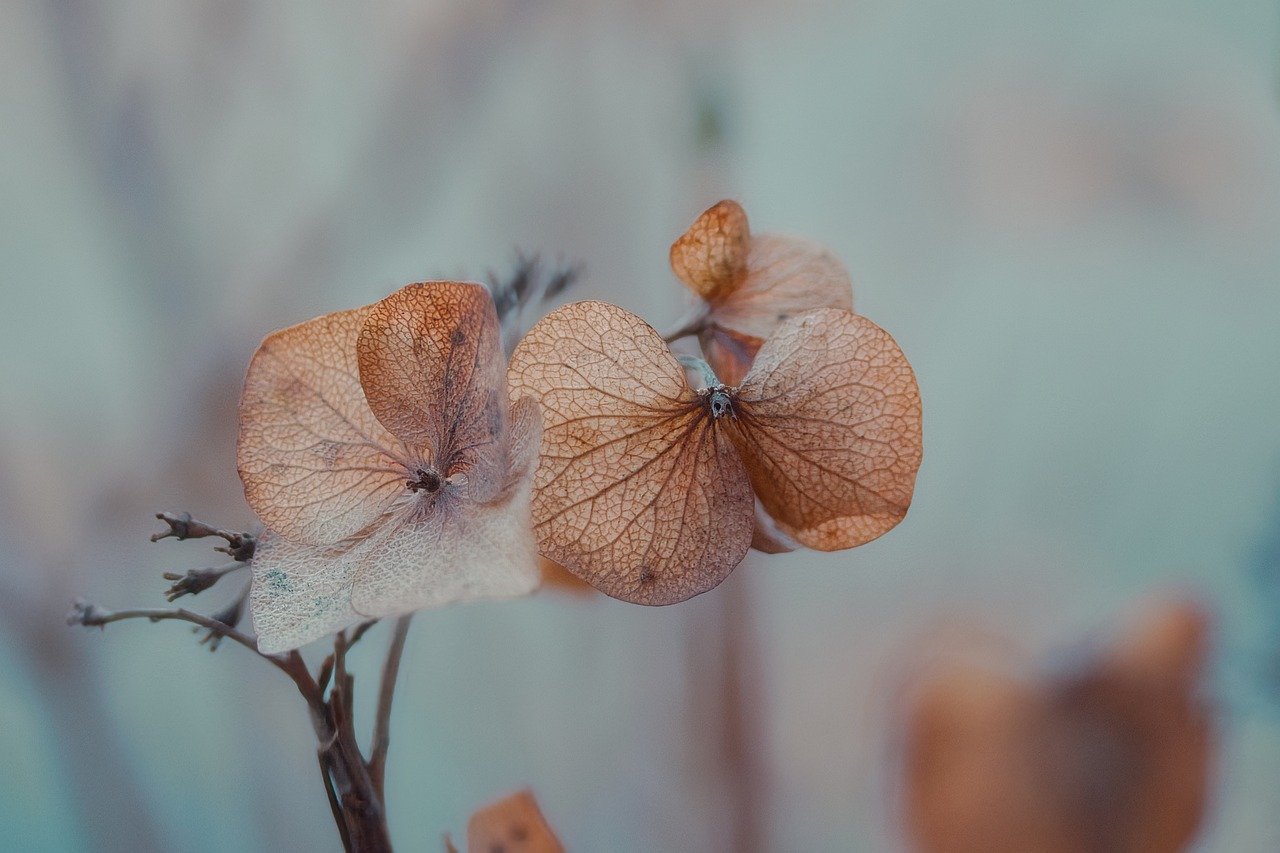
Exploring Local Flora
Exploring local flora is not just an exciting adventure; it's a chance for kids to connect with their environment in a meaningful way. When children venture outdoors to collect flowers, they embark on a journey of discovery that sharpens their observation skills and ignites their curiosity about the natural world. Imagine walking through a park or your backyard, where every flower has a story to tell and a lesson to impart. This hands-on experience makes learning about plants feel like a treasure hunt!
As kids gather flowers, they can start to notice the different shapes, colors, and sizes of the plants around them. For instance, they might find:
- Daisies with their cheerful white petals and sunny yellow centers
- Pansies, which come in a rainbow of colors and have unique markings
- Violets that add a touch of delicate beauty to any bouquet
Encouraging kids to learn about their local flora not only enhances their knowledge of botany but also fosters a sense of stewardship for the environment. They begin to understand the importance of biodiversity and how each plant plays a role in the ecosystem. This awareness can lead to deeper conversations about conservation and the impact of human activities on nature.
Moreover, as children explore their surroundings, they can engage in fun activities such as creating a local flora journal. This journal could include sketches, descriptions, and even pressed flowers from their adventures. By documenting their findings, kids not only reinforce their learning but also develop a personal connection to the plants they encounter. It's like creating a personal encyclopedia of the natural world, making each entry a cherished memory.
In addition to collecting flowers, kids can also learn to identify various species, understand their habitats, and appreciate the seasonal changes that affect local flora. For instance, they might discover that some flowers bloom in spring while others wait until summer or fall. This seasonal exploration can lead to exciting discussions about plant life cycles and the ways in which different species adapt to their environments.
Ultimately, exploring local flora transforms flower pressing from a simple craft into a comprehensive educational experience. It invites children to appreciate the beauty of nature while cultivating a sense of responsibility towards the planet. So, next time you're out in nature, encourage your kids to look closely at the plants around them. Who knows what fascinating discoveries await them?
Q: What are the best flowers for kids to press?
A: Some of the best flowers for pressing include daisies, pansies, violets, and other flat, non-woody flowers. These tend to retain their color and shape well.
Q: How long does it take to press flowers?
A: Depending on the method used, it can take anywhere from a few days to a couple of weeks for flowers to fully dry and flatten.
Q: Can children press leaves as well as flowers?
A: Yes! Leaves can also be pressed, and they can add beautiful textures and shapes to projects.
Q: What can we do with pressed flowers?
A: Pressed flowers can be used in a variety of creative projects, such as making greeting cards, decorating picture frames, or even creating art pieces.

Conclusion: Embracing Nature Through Craft
In conclusion, flower pressing is not just a delightful craft; it’s a gateway to understanding the natural world. By engaging in this hands-on activity, children can develop a profound appreciation for nature while simultaneously enhancing their creativity and fine motor skills. Imagine the joy on a child’s face as they carefully arrange their pressed flowers into a beautiful card or a stunning piece of art! This craft allows them to take a piece of nature home, preserving it in a way that can be cherished for years to come.
Moreover, the educational aspects of flower pressing are numerous. As children learn about different flower species, their anatomy, and the importance of biodiversity, they are not just crafting; they are also becoming young botanists. This interactive learning fosters a sense of curiosity and respect for the environment, encouraging them to explore and appreciate the flora around them.
Ultimately, flower pressing is a wonderful blend of art and science, making it an ideal activity for children. It nurtures their creativity, sharpens their observational skills, and instills a sense of responsibility towards nature. So, gather those flowers, grab your press, and let the adventure begin! The world of plants is waiting to be explored, and flower pressing is the perfect tool to embark on this journey.
- What types of flowers are best for pressing?
Flat, non-woody flowers like daisies, pansies, and violets are ideal for pressing as they retain their color and shape well.
- How long does it take for flowers to dry?
Typically, it takes about 1-3 weeks for flowers to fully dry, depending on the type and thickness of the petals.
- Can I press leaves as well?
Yes! Leaves can also be pressed, and they can add a beautiful touch to your projects.
- What can I do with pressed flowers?
Pressed flowers can be used in various projects such as greeting cards, bookmarks, picture frames, or even in home decor.
Frequently Asked Questions
- What materials do I need for flower pressing?
To get started with flower pressing, you’ll need a few basic materials. A flower press is ideal, but if you don’t have one, heavy books or parchment paper can work just as well. You’ll also want some fresh flowers, scissors, and possibly some absorbent paper like blotting paper to help with moisture absorption.
- Can any flowers be pressed?
Not all flowers are suitable for pressing. Look for flat, non-woody flowers that hold their color well, such as daisies, pansies, and violets. Avoid thick or fleshy flowers, as they may not flatten properly and can turn brown during the drying process.
- How long does it take for flowers to dry?
The drying time can vary depending on the type of flowers and the method used. Generally, flowers can take anywhere from a few days to a couple of weeks to dry completely. It's essential to check them periodically to ensure they maintain their color and shape.
- What can I do with pressed flowers?
Once your flowers are pressed and dried, the creative possibilities are endless! You can use them to make greeting cards, decorate picture frames, create bookmarks, or even incorporate them into artwork. Let your imagination run wild!
- Is flower pressing educational for kids?
Absolutely! Flower pressing is a fantastic way for kids to learn about botany and plant anatomy. They can explore the life cycles of plants, identify different species, and understand ecological relationships, all while having fun with this hands-on craft.
- Can flower pressing be done year-round?
Yes, flower pressing can be done throughout the year! While spring and summer provide a bounty of blooming flowers, you can also collect and press dried flowers in the fall and even use certain evergreen leaves in winter. Just be sure to choose flowers that are in good condition and suitable for pressing.



















